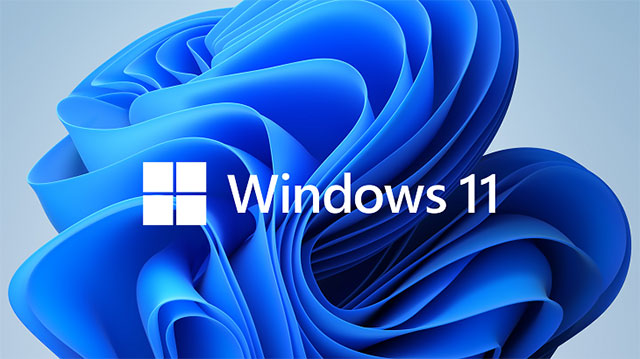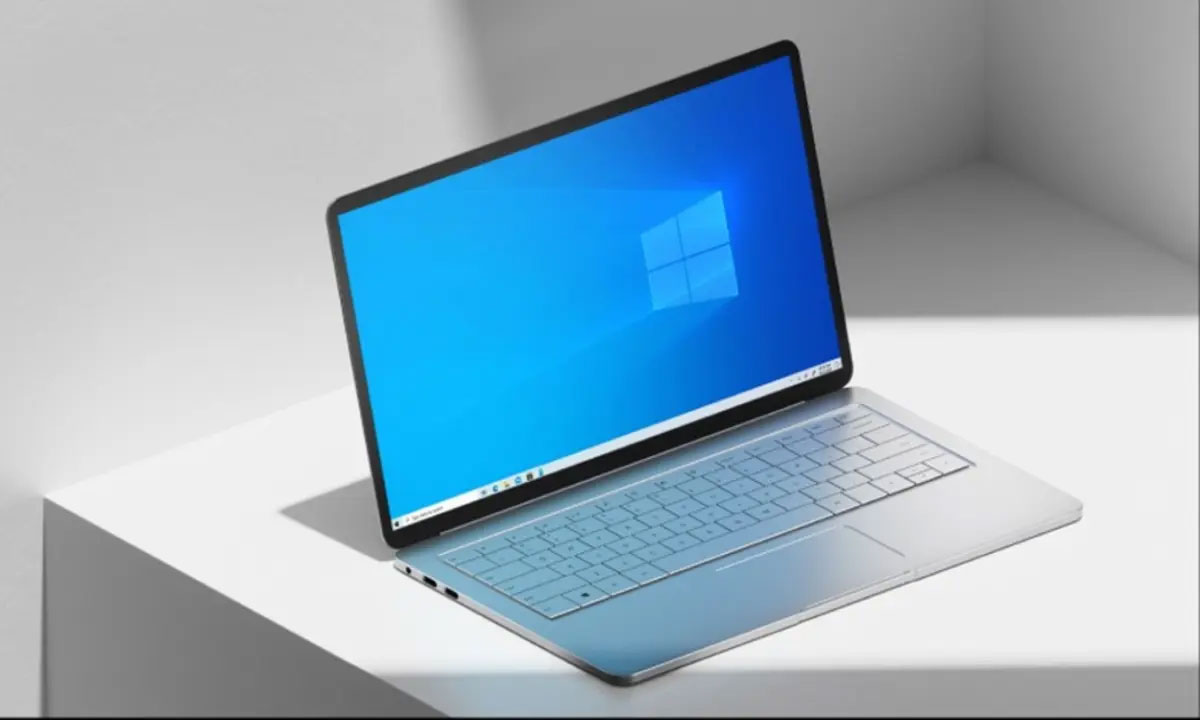When Microsoft stops supporting Windows 10 versions and what you need to know
Windows 11 is officially launched, and now is the time, you wonder how long you can continue to use Windows 10 safely, with continuous security updates from Microsoft. Below is the detailed answer.
Windows 10 support policy will end in October 2025
Microsoft has updated the official document to determine the date of discontinuation of support (death) of Windows 10. Accordingly, the company will only maintain support for Windows 10 Home, Windows 10 Pro, Windows 10 Enterprise and Windows 10 versions. Education until October 14, 2025
After this time, users of the above Windows 10 versions will no longer receive any support services or important security updates from Microsoft.
After Windows 10 support ends, you'll need to upgrade to Windows 11 to continue receiving essential security updates for your system. In today's globalized internet world, these updates are essential to maintain users' personal privacy and data security.
To ensure safety and experience, Microsoft always advises users to update to the latest version of Windows as soon as possible. Microsoft also has a policy of forcing users' systems to update themselves if the version of Windows they use is too old.

When will Windows 10 stop receiving security updates?
As mentioned above, Windows 10 Home, Pro, Education, Enterprise, and IoT Enterprise will no longer receive security updates after October 14, 2025.
However, Windows LTSC, a specialized version of Windows for businesses that need long-term support, will continue to receive updates for a few more years after that. Specifically, Windows 10 2019 LTSC and Windows 10 IoT 2019 LTSC will stop receiving security updates from January 9, 2029.
In general, after security updates stop being distributed, users are at a higher risk of experiencing security issues. Any new vulnerabilities found in Windows 10 after the death date may not be patched by Microsoft (although rare exceptions have occurred). So it's best to upgrade to Windows 11 before October 2025. On the plus side, Windows 11 includes many useful new features, and isn't a difficult upgrade either.
How long can I continue using Windows 10?
Windows 10 will not stop working after October 14, 2025, even if Microsoft stops providing security updates. That means you can technically continue using the operating system as usual, but this is generally not a good idea.
With sophisticated phishing attacks, remote exploits, and ransomware becoming more and more common today, risking personal data when using an operating system that is no longer clearly supported is clear. should not.
TipsMake will continuously update information related to Windows for your convenience.
If you want to continue using Windows 10 safely, this is how much you will have to pay!

Microsoft has announced that commercial and educational organizations can pay a subscription fee to continue using Windows 10 after 2025. Currently, Microsoft has not announced a pricing structure to extend support for the operating system version. this action.
Commercial and educational institutions can enroll their PCs in the Windows 10 Extended Security Update (ESU) program. Business customers will pay $61 per device in the first year, $122 in the second year. two and 244 USD in the third year. The total cost is $427 for 3 years of Windows 10 support. Microsoft says there will be special pricing for non-profit organizations.
Additionally, education customers will pay $1 per device for the first year, $2 for the second year, and $4 for the third year. Pay a total of $7 to get 3 years of Windows 10 support for education devices.
And business customers using Microsoft's cloud-based update management solutions such as Microsoft Intune or Windows Autopatch will receive a 25% discount. It reduces the subscription fee to $45 per device for the first year.
Customers can sign up for the ESU Windows 10 program starting October 2024. While ESU Windows 10 licensing fees are low for education customers, enterprise customers will have to pay a hefty sum to get supported after 2025. In such a situation, commercial organizations paying large sums of money will likely have to migrate to Windows 11. However, the new hardware requirements for Windows 11 make many PCs running Windows 10 cannot be compatible.
Many argue that Microsoft has kept subscription fees high because it wants businesses and consumers to switch to Windows 11. According to Statcounter, Windows 10 is still running on 69% of desktop computers, while Windows 11 is only on level of 26%.
You should read it
- Microsoft will end support for Windows 10 in 2025
- Why did Microsoft end support for Windows 8.1?
- What if I don't upgrade my system to Windows 11?
- Unmanaged Windows 10 Pro PCs will be invited to upgrade to Windows 11 for free
- Windows 10 only has 2 more years of support left
- Microsoft announces pricing for Windows 10 extended security updates
- Microsoft will only release one feature update per year for Windows 10
- Microsoft continues to 'delay' the plan to launch a new version of Exchange Server for another 4 years
- Microsoft SharePoint Server 2013 officially ends support, users note
- 95% of ATMs are still using Windows XP
- Microsoft continues to expand support for Windows 10 1803 and some earlier versions
- Windows 7 is equipped with SHA-2 Support, which supports future updates
May be interested

8 best messaging apps for Android and iOS

Is Telegram safe? Here are 6 risks to keep in mind!

More than 90,000 LG smart TVs are at risk of being remotely attacked by vulnerabilities in WebOS

Nuca Camera: Controversial 'undressing' AI camera

5 Best Procreate Alternatives for Windows

How to write mathematical formulas in Word very easily






 Microsoft still supports Edge Chromium after the death of Windows 7
Microsoft still supports Edge Chromium after the death of Windows 7 Fortnite will stop supporting Windows 7 and Windows 8
Fortnite will stop supporting Windows 7 and Windows 8 Steam will stop supporting old versions of Windows from January 1, 2024
Steam will stop supporting old versions of Windows from January 1, 2024 Why did Microsoft end support for Windows 8.1?
Why did Microsoft end support for Windows 8.1? Microsoft announced a roadmap for removing TLS 1.0 and 1.1 from Edge, IE, and Edge Legacy
Microsoft announced a roadmap for removing TLS 1.0 and 1.1 from Edge, IE, and Edge Legacy Google stops supporting the Google Drive application on Windows 8/8.1 and 32-bit versions of Windows
Google stops supporting the Google Drive application on Windows 8/8.1 and 32-bit versions of Windows